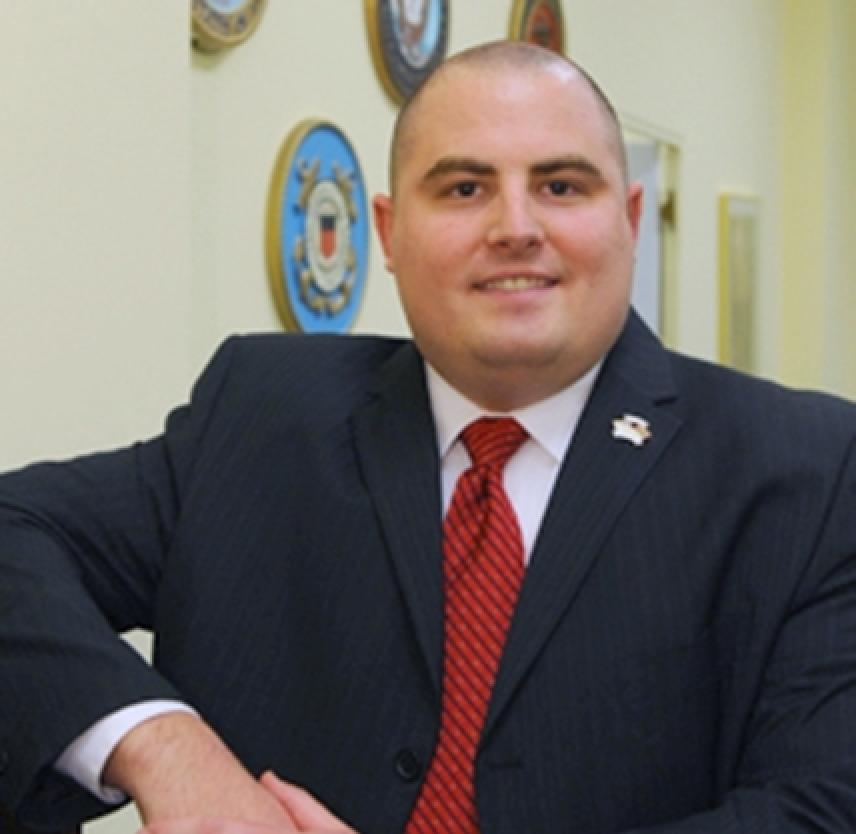
What do you plan to do with your life? Now ask yourself, what do you plan to do with your life after a traumatic injury?
The invisible wounds of Iraq and Afghanistan afflict hundreds of thousands of Service Members. Our veterans are returning home with Traumatic Brain Injury (TBI), Post-Traumatic Stress Disorder (PTSD) and various other injuries. Many times, their lives take a dramatic turn after they are injured in service.
When speaking to Congress, I regularly use this anecdote to describe the lifelong commitment the U.S. Department of Veterans Affairs (VA) has with America’s veterans: When a 20-year-old Service Member is injured in Iraq, he or she may receive acute treatment and rehab at Walter Reed for a year — maybe 18 months — and then, they are transferred into VA’s system of care — for the next 70 years! As VA’s PolyTrauma or counseling teams begin working with the Veteran, there is almost always a noticeable and measurable improvement in patient outcome. This improvement is a combination of patient engagement, the excellent providers at VAs across the country and the vast array of effective tools and research VA has at its disposal.
As the majority of combat operations in Iraq and Afghanistan draw to a close, fewer and fewer Service Members are newly entering treatment for traumatic injuries. Many veterans have been involved in their own care and recovery for months or years by now and have made substantial progress; but they may no longer see the noticeable improvement in cognitive function, memory or other outcomes as they once did in the beginning of their treatment. I call this “TBI Plateauing.”
Essentially, TBI Plateauing refers to the concept of “What’s Next?” after recovery and therapy have been ongoing for an extended period of time or completed. Veterans suffering from mild TBI (mTBI) up to moderate TBI and PTSD find themselves asking, “What’s Next?” once all of their acute treatment and care has been completed and they no longer feel noticeable progress.
What happens after occupational therapy and physical therapy are over? What happens when there are no more speech-language pathologists to go see? What happens when adaptive technology has already been implemented? What happens when there isn’t much health outcome progress anymore and veterans have reached an effective plateau in their recovery?
Maybe it’s going back to school. Maybe it’s beginning new relationships. Maybe it’s finding that job you’ve always wanted.
Veterans’ advocates and Veteran Service Organizations (VSOs) are regularly asking me, “What’s Next?” for those Veterans who have reached a plateau. My answer is simple: Find your personal way to continue service. Recovery and improvement aren’t always about the person who was injured — it can also be about those with whom we serve. The most successful veterans’ recoveries that I have seen involve a choice to help others improve and recover, in addition to their own recovery.
A fellow Army veteran, Russ Smith, has answered the question of “What’s Next?” as a call to service. He runs an art therapy program to help fellow veterans recover from PTSD and TBI. This selfless act allows him to see, first-hand, how others recover and what best practices they implement — while allowing disabled veterans to express themselves through artistic venues. William Marquez answered the question by advocating for veterans with brain injuries and helping them find employment. Now, he oversees veterans employment for Northern Virginia and is a nationally-consulted expert on disability employment policies.
I share these examples to demonstrate how individuals who reach a plateau in their recovery find new and innovative methods to continue recovering in their own ways while helping others. For some, working through a plateau tells a positive story of Service Members, veterans and their determination to push forward; for you, it may tell an inspirational story of how you have helped others succeed and changed lives. The choice is yours.
So help contribute to the national discussion and ask yourself — “What’s Next?”
Adam Anicich, MBA is the deputy director for legislative affairs at the U.S. Department of Health and Human Services (HHS). In this role, he oversees the Agency’s interaction with Congress, congressional inquiries and legislative proposals, and supports The Secretary of Health and Human Services on legislation affecting healthcare in America. Anicich also holds two executive-level appointments at VA —"‹ committees on PolyTrauma/Blast-related Injuries, and Pain Research and Informatics; teaches legislative affairs at the graduate level; and is heavily involved in media, veterans’ advocacy and disability employment policy.
Prior to his appointment with HHS, Anicich, a disabled Combat Veteran of the U.S. Army, was The Department of Veterans Affairs’ Liaison to Congress for the 111th, 112th, and 113th Congresses. As a former Army Sergeant and PolyTrauma Veteran, Anicich is uniquely qualified to identify and communicate the needs of TBI survivors and Veterans to Congress.
Disability Blog entry at Disability.gov by Guest Blogger Adam Anicich, Deputy Director for Legislative Affairs at the U.S. Department of Health and Human Services and PolyTrauma/Blast-Related Injury Executive Committee Member for the U.S. Department of Veterans Affairs.

Comments (1)
Please remember, we are not able to give medical or legal advice. If you have medical concerns, please consult your doctor. All posted comments are the views and opinions of the poster only.
Anonymous replied on Permalink
One of the best men I have ever known. A huge heart and great mind!